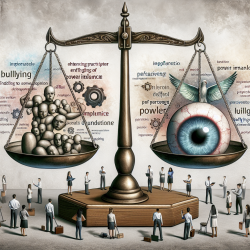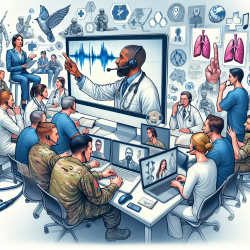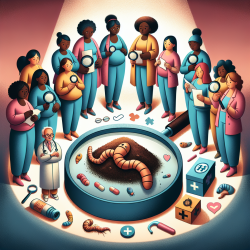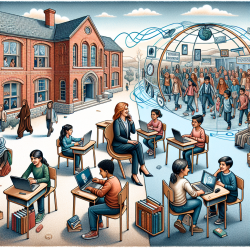Introduction
The linear no-threshold (LNT) theory has long been the cornerstone for estimating cancer risks associated with low-dose radiation exposure. However, a recent study titled It Is Time to Move Beyond the Linear No-Threshold Theory for Low-Dose Radiation Protection suggests a shift in this paradigm. This article provides a compelling argument for reevaluating the LNT model, highlighting the lack of scientific consensus and the potential benefits of alternative models. As practitioners focused on data-driven decisions, understanding these nuances can significantly enhance our approach to therapy and intervention.
Understanding the LNT Model
The LNT model assumes that any amount of radiation, no matter how small, increases cancer risk linearly. This model has been the default for regulatory bodies like the US Environmental Protection Agency (USEPA). However, the research by Cardarelli and Ulsh points out that this model is based on outdated data and does not consider recent scientific findings that suggest low-dose radiation may not be as harmful as previously thought.
Key Findings from the Research
- Scientific Basis: The study argues that the LNT model lacks a solid scientific foundation for low-dose radiation environments.
- Outdated Information: The reliance on outdated scientific information by regulatory bodies like the USEPA is highlighted as a significant issue.
- Alternative Models: The research introduces alternative models such as threshold and hormesis, which suggest that low-dose radiation might not increase cancer risk and could potentially have beneficial effects.
Implications for Practitioners
For practitioners, especially those working in speech language pathology, understanding the implications of this research is crucial. The shift away from the LNT model could lead to more informed decision-making processes, reducing unnecessary fear and optimizing therapy outcomes. By incorporating the latest scientific findings, practitioners can ensure that their interventions are not only effective but also grounded in the most current understanding of risk and safety.
Encouraging Further Research
While this research provides a strong case against the LNT model, it also opens the door for further investigation. Practitioners are encouraged to delve deeper into the subject, exploring how these findings can be applied in their specific fields. Collaborative efforts between researchers and practitioners can lead to a more comprehensive understanding and better outcomes for children and other populations affected by low-dose radiation.
Conclusion
The call to move beyond the LNT model is not just a theoretical exercise but a practical necessity for those committed to data-driven decisions and optimal outcomes. By embracing new scientific insights, practitioners can play a pivotal role in shaping a more informed and effective approach to radiation protection and therapy.
To read the original research paper, please follow this link: It Is Time to Move Beyond the Linear No-Threshold Theory for Low-Dose Radiation Protection.










